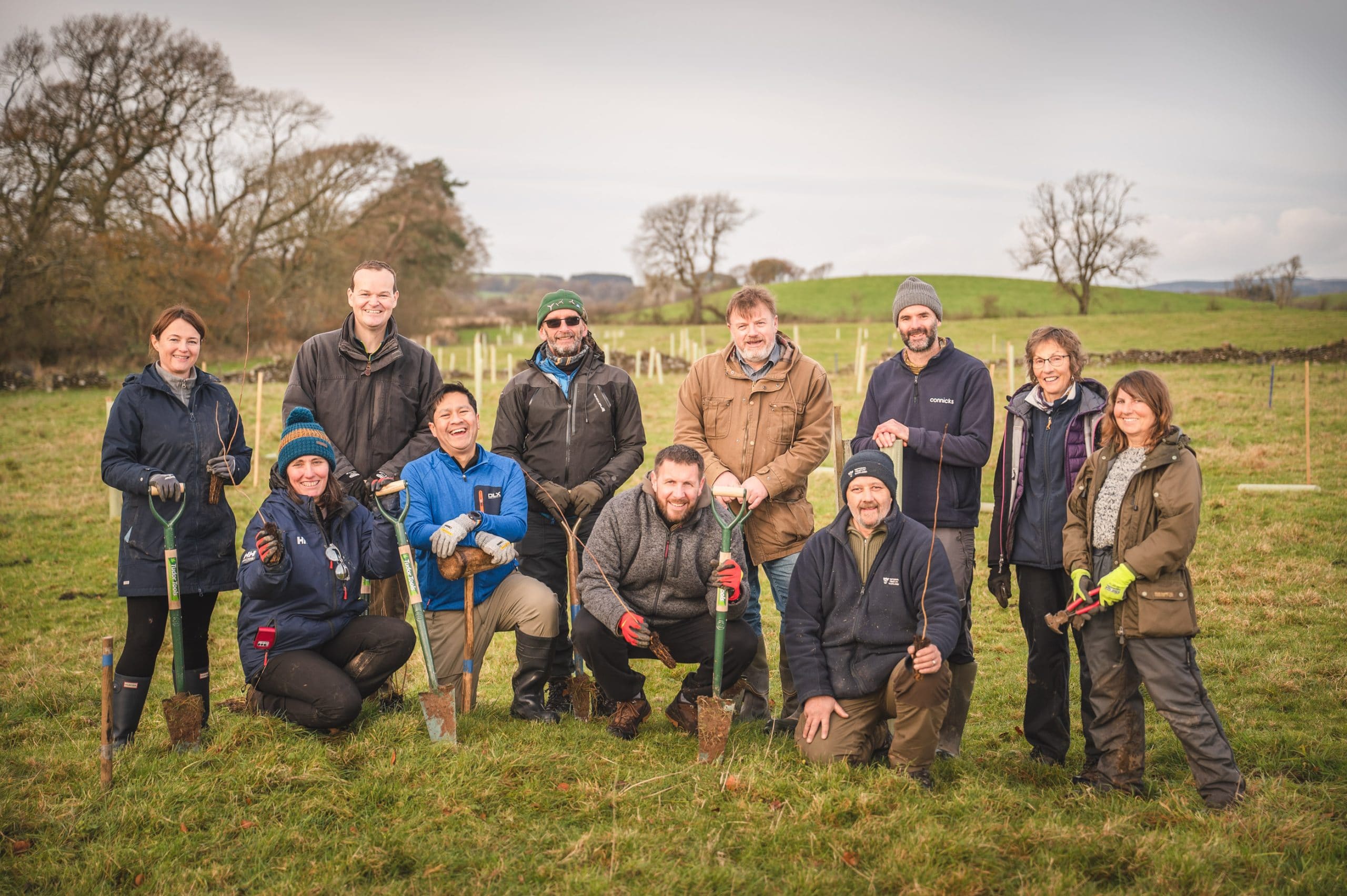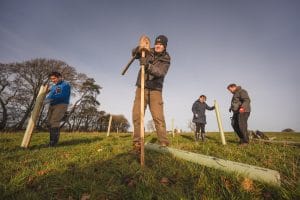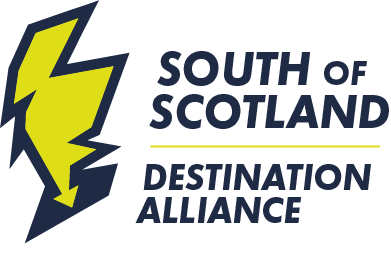
Volunteers from the local community and HSBC UK employees have joined forces to progress an ambitious landscape restoration project at the National Trust for Scotland’s Threave Estate in Dumfries and Galloway.
More than 200 native aspen trees were planted on the Kelton Mains site, as part of the conservation charity’s centuries-spanning Threave Landscape Restoration Project that aims to restore the area’s wetlands and native woodlands, helping combat the climate crisis. These trees were planted as part of the Millburn Restoration, helping to make the stream and its banks a better habitat for wildlife.
Land transformation
Supported by the Galloway Glens Partnership, the National Lottery Heritage Fund and HSBC UK, 81 hectares of land at Kelton Mains are being transformed into rich habitats for flora and fauna, with the area being ‘undrained’ to re-establish the area’s unique wetlands, redundant fenceposts being removed and native woodland being expanded.
David Thompson, National Trust for Scotland Estate Manager at Threave said: “These new trees are the next step in our plan to restore the natural features that are so unique to this part of the Threave Estate. The benefits of these trees will be immediate – from the moment they go in the ground, they improve the biodiversity of this site, and they’ll keep doing that for centuries to come. This is a really exciting step for our project to protect and restore Threave’s landscape, now and for years to come.”
Volunteers planting
Around 10 volunteers from HSBC UK, the National Trust for Scotland and the Galloway Glens Project were onsite on Thursday 25 November, contributing to an important conservation effort and enjoying the health and wellbeing benefits gained from spending time in nature. A group of HSBC UK employees visited the site earlier this year to learn more about the project and the positive impact it will have on the Threave Estate.

More than 200 aspen trees were planted at Threave Estate in November.
Ian Stuart, Chief Executive of HSBC UK said: “A challenge as significant as climate change can only be tackled in collaboration. Our ambition is to help open the door for National Trust for Scotland to explore new areas of agroforestry management and how nature-based solutions are being scaled and delivered to tackle climate change internationally.”
Galloway Glens Project Officer, Nick Chisholm, added: “This is a super ambitious project that demonstrates a new way of managing and interpreting our landscape. Humans will be the spectators and biodiversity will be the winner.”
Belted Galloways shepherded with Bluetooth and 4G
Volunteers also saw the progress being made by the herd of Belted Galloway cattle who will be helping with the conservation project. The cows will be shepherded via new GPS technology which controls where they graze. They are currently learning about their new ‘smart collars’ in their field. Once they understand how the sounds work, they will be able to graze in very specific areas of the estate, guided and herded remotely using the 4G and bluetooth enabled solar powered collars.
“This is really exciting technology which not only means that we can remove kilometres of unsightly and expensive-to-maintain fencing, but it means we can direct grazing to the areas where it makes the biggest impact for the project, helping to improve the soil condition, encourage wildflowers and natural woodland regeneration. It provides variety and interest for the animals too, which is important to their wellbeing. We’re going to carefully monitor how this technology works in practice and are looking forward to sharing our results in coming months,” said David Thompson.
The team hope that the cattle will be able to move to this new system of grazing some time in December, and visitors to Kelton Mains will be reminded that dogs will need to be kept on leads from that point on.
For more information about the Threave Landscape Restoration Project, visit www.nts.org.uk.



